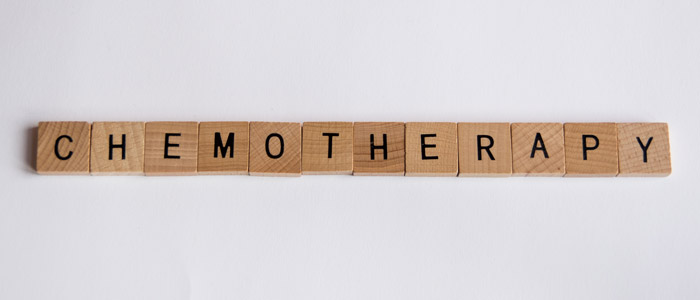
As the name suggests, CBDA is closely related to CBD. In fact, CBDA can be considered the parent molecule of CBD as it is present in raw cannabis, whereas CBD is only created through the process of decarboxylation.The structure of CBDA contains a carboxyl group comprising one carbon, one hydrogen, and two oxygen atoms, commonly expressed as COOH. Cannabidiolic acid, can be employed in the synthesis of cannabidiol and tetrahydrocannabinol, which possess therapeutic and pharmacological properties, by using nonenzymatic decarboxylation.
According to studies into the effects of CBDA, it shows remarkable promise in the treatment of several conditions.




